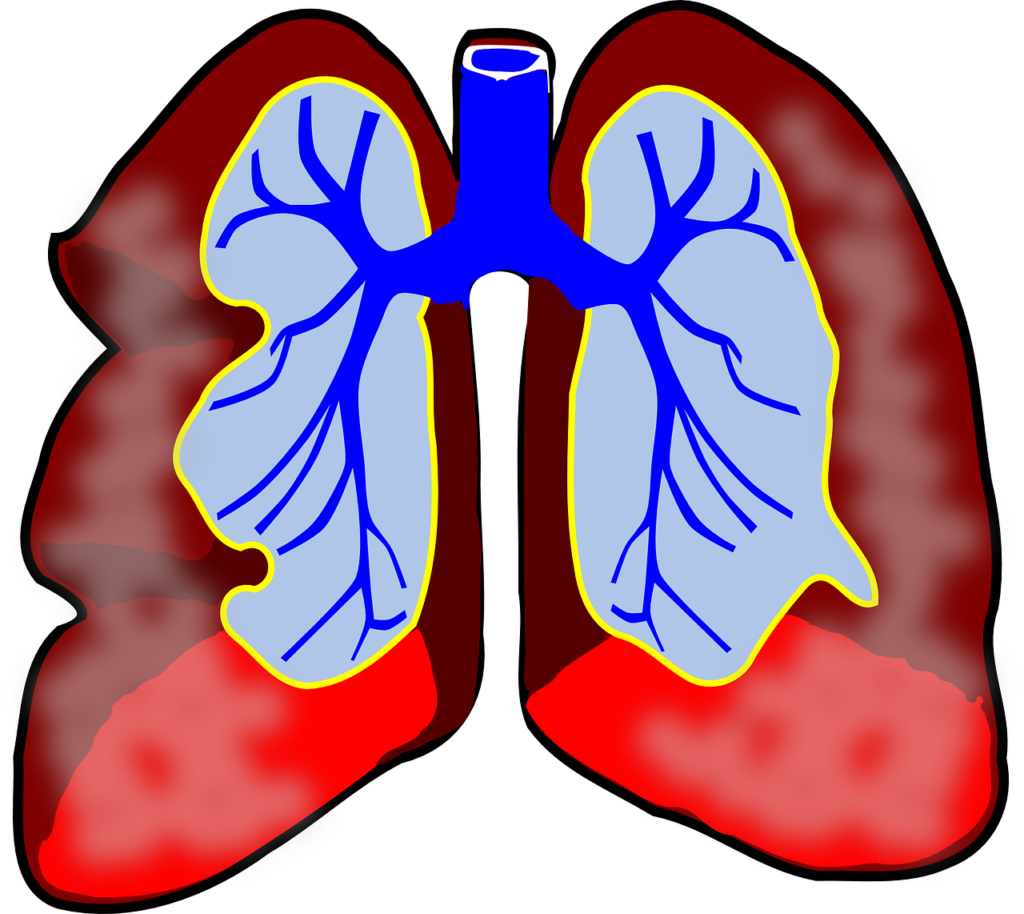Bacteroides pneumonia is a rare but significant respiratory condition caused by the Bacteroides genus of anaerobic bacteria. These bacteria, typically found in the human gut, can become pathogenic under specific circumstances, leading to severe lung infections. This article delves into the causes, symptoms, diagnosis, treatment options, and prevention strategies for Bacteroides pneumonia.

What is Bacteroides Pneumonia?
Bacteroides pneumonia is a form of bacterial pneumonia resulting from infection by Bacteroides species, such as Bacteroides fragilis. These bacteria are anaerobic, thriving in environments with minimal oxygen. While they are normal commensals in the gastrointestinal tract, they can cause opportunistic infections when displaced to other body sites, including the lungs.
Causes and Risk Factors
1. Aspiration of Oral Secretions
Aspiration is the most common pathway for Bacteroides to enter the lungs. This often occurs in individuals with:
- Impaired swallowing reflexes
- Neurological conditions such as stroke or dementia
- Alcohol or drug intoxication
2. Compromised Immune System
Conditions that weaken the immune system, such as:
- HIV/AIDS
- Cancer or chemotherapy treatment
- Long-term corticosteroid use
3. Surgical and Traumatic Events
Thoracic surgeries, dental procedures, or traumatic injuries can introduce Bacteroides to the respiratory system.
4. Poor Oral Hygiene
Dental abscesses and periodontal disease can serve as reservoirs for Bacteroides, increasing the risk of aspiration pneumonia.
Symptoms of Bacteroides Pneumonia
Bacteroides pneumonia presents with symptoms similar to other types of bacterial pneumonia, including:
- Persistent cough producing foul-smelling sputum
- High fever and chills
- Shortness of breath and chest pain
- Fatigue and malaise
- Weight loss and loss of appetite in prolonged cases
Severe infections may lead to complications such as empyema or lung abscesses, necessitating prompt medical intervention.
Diagnosis
1. Clinical Examination
A detailed medical history and physical examination are crucial for identifying risk factors and symptoms.
2. Imaging Studies
- Chest X-rays: Reveal areas of lung consolidation.
- CT Scans: Provide detailed views of lung abscesses or empyema.
3. Microbiological Analysis
- Sputum Culture: Essential for isolating Bacteroides species.
- Bronchoalveolar Lavage (BAL): Used to obtain samples from lower airways.
- Gram Staining and Anaerobic Cultures: Confirm the presence of anaerobic bacteria.
Treatment
Effective management of Bacteroides pneumonia involves a combination of antimicrobial therapy and supportive care.
1. Antibiotic Therapy
- Metronidazole: The primary choice for treating anaerobic infections.
- Carbapenems or Beta-Lactam/Beta-Lactamase Inhibitor Combinations: Effective against Bacteroides species.
- Clindamycin: An alternative in cases of drug resistance or intolerance.
2. Drainage of Abscesses
Percutaneous or surgical drainage may be necessary for abscesses or empyema.
3. Supportive Measures
- Oxygen therapy for hypoxia
- Intravenous fluids to prevent dehydration
- Pain management with appropriate medications
Prevention Strategies
1. Maintaining Good Oral Hygiene
Regular dental check-ups and proper oral care can reduce the risk of anaerobic infections.
2. Preventing Aspiration
- Elevate the head of the bed for patients with swallowing difficulties.
- Use of feeding tubes in high-risk individuals under medical guidance.
3. Immunization
Vaccination against common respiratory pathogens can reduce the risk of secondary infections.
4. Timely Treatment of Infections
Prompt management of dental infections and other anaerobic infections can prevent their spread to the lungs.